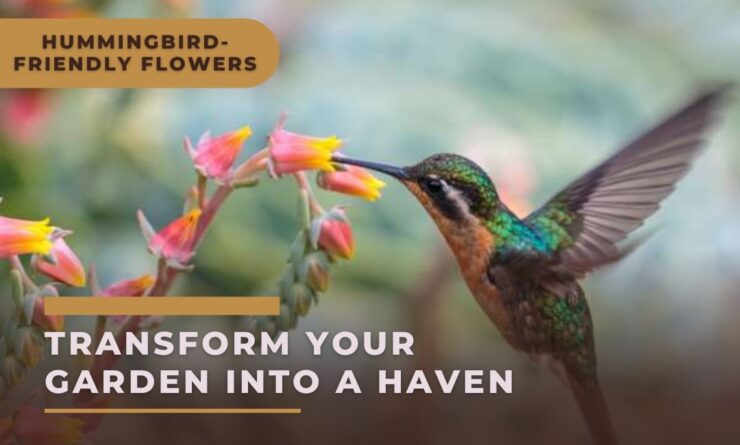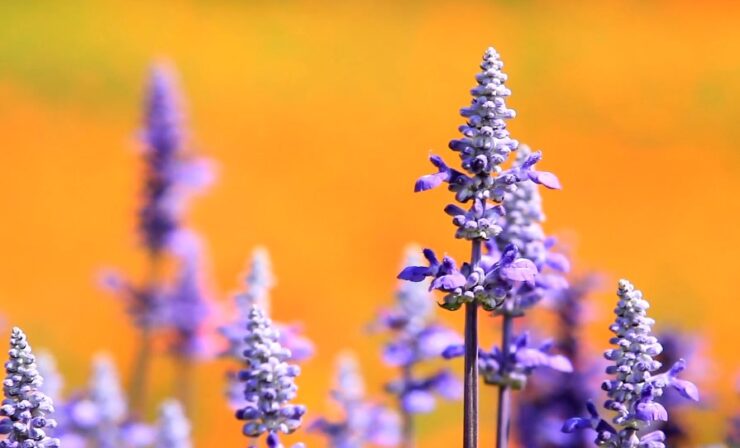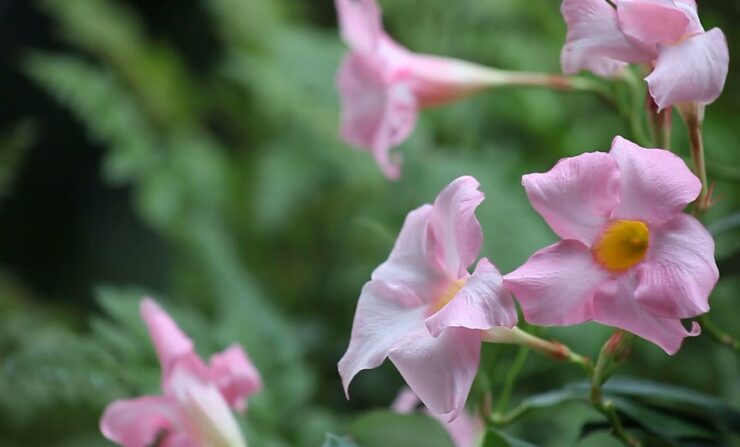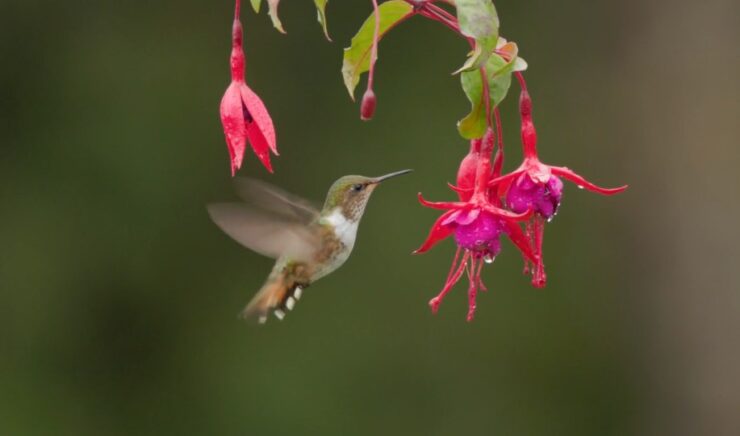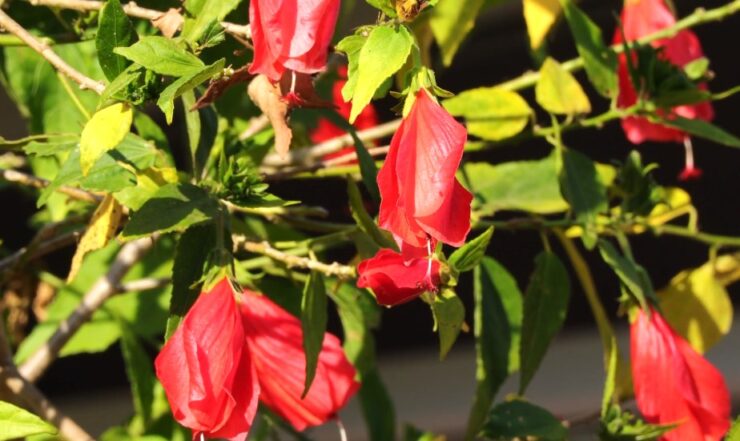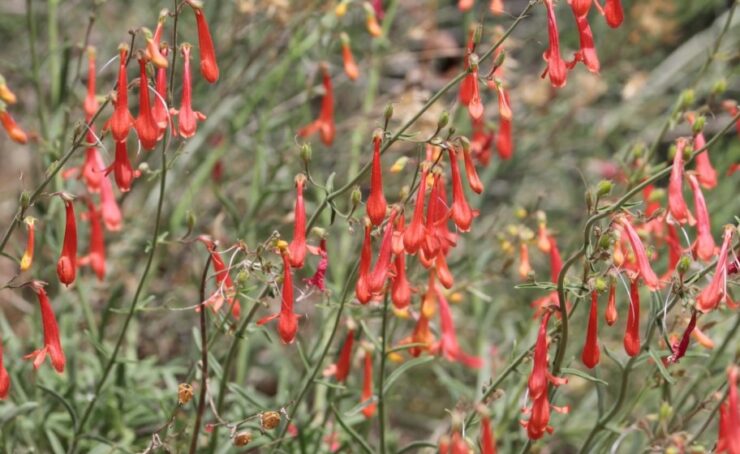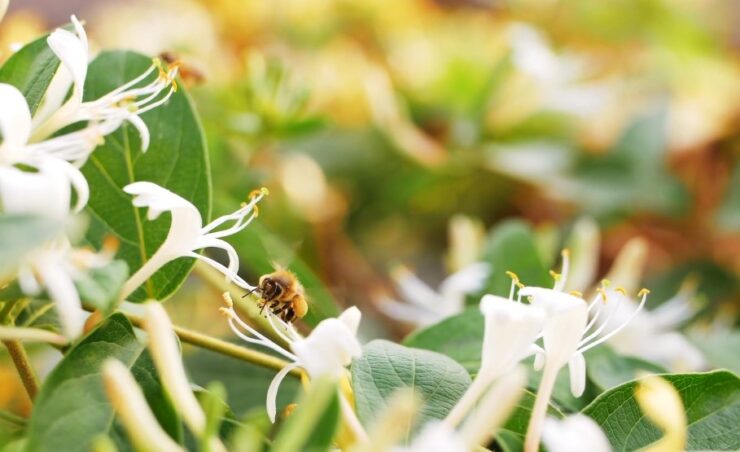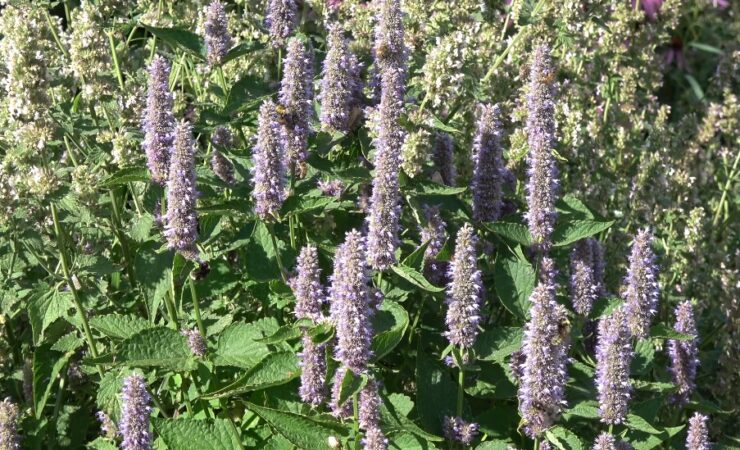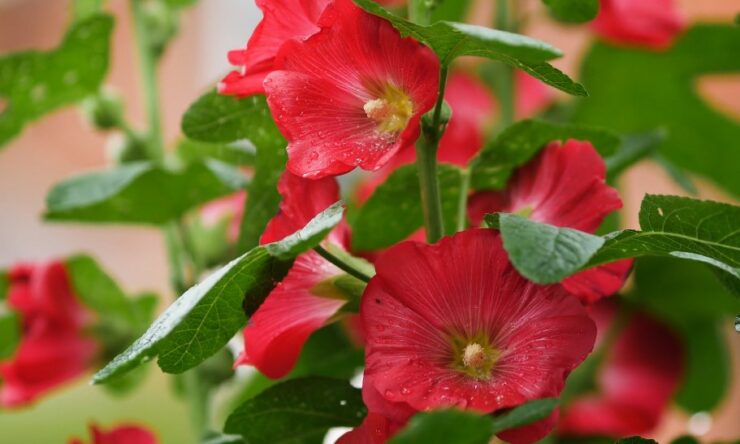Imagine your outdoor haven, a sanctuary where the air is filled with the soft, rhythmic hum of wings. Picture the iridescent glimmer of a hummingbird, a tiny jewel of nature, darting from flower to flower, sipping nectar and playing its part in the grand dance of pollination.
Craving to transform this vision into reality? It’s simpler than you think. Your garden can become a hotspot, a vibrant stage for these aerial acrobats, with just a few thoughtful additions.
Start by painting your garden with a palette of nectar-rich flowers, their bright hues acting as irresistible beacons for these feathered friends.
Ensure a continuous bloom from summer to fall, a never-ending banquet of nectar to keep them coming back for more.
Don’t forget to add a few tubular blossoms to your floral ensemble. Hummingbirds are known to have a soft spot for them. Opt for native and local flora, and steer clear of harmful insecticides and pesticides.
Finally, add a few perches and a source of fresh water. And voila! Your garden is now a hummingbird haven, a place where these tiny pollinators can rest, refuel, and quench their thirst. So sit back, relax, and enjoy the mesmerizing spectacle of hummingbirds in action.
The Top 10 Flowers for Hummingbirds
Gardening gurus share their insights on the blossoms that will draw hummingbirds to your garden.
1. Salvia
Salvia, with its elongated, vibrant flowers, is a top-tier choice for luring hummingbirds. With a spectrum of annuals and perennials native to North America, there’s a suitable salvia for every garden, pot, or hanging basket.
“In balmy climates, sages are a showstopper, serving as a pit stop for the last wave of migrating hummingbirds, if you’re fortunate enough to host them in your gardens,” shares Jenny Rose Carey, a renowned horticulturist and author of The Ultimate Flower Gardener’s Guide, available on Amazon.
A specific variety to keep an eye out for is the novel Sage ‘Hummingbird Falls.’ “This cascading sage is a pioneer, providing gardeners with an exceptionally heat-resistant plant with striking blue flowers and glossy black calyces that display their beauty all summer and are adored by hummingbirds and other pollinators,” says Gail Pabst, a horticulturist who works for the National Garden Bureau.
Or perhaps consider a variety that boasts vibrant red and white hues. “My go-to for guaranteed visits is Salvia microphylla ‘Hot Lips’,” says Amy Hovis, head of Eden Garden Design and owner of Barton Springs Nursery, based in Austin, Texas.
“Its flower resembles red lips, and its color is almost glowing. The tubular shape of the flowers allows them to easy access to the nectar with their long beaks and tongues. Every time I plant ‘Hot Lips’, I am assured hummingbirds will swarm to the garden.”
2. Cuphea
Cuphea is a highly decorative heat tolerant, low maintenance garden plant. The flowers are small but plentiful, and the good news is you don’t need to deadhead them.
A native of Mexico, Guatemala and Honduras, it has naturalized to Hawaii, where some even consider it a weed. It is a perennial in zones 9 and higher but is generally grown as an annual.
They make a great filler plant for mixed containers and borders, where they grow up to around 3 feet tall. Their vivid color and sweet nectar make them absolutely irresistible to them
‘Hummingbirds love the flowers of this shrubby plant for the long cigar-like shape [some varieties of cuphea are known as cigar plants] and tropical hues including orange, red, and pink,’ says plant expert Janet Loughrey of Garden Design.
‘Grown primarily as an annual, cuphea blooms from planting until first frost, providing a continuous source of nectar for hummingbirds and other pollinators.’
3. Mandevilla
The mandevilla plant’s brightly colored, trumpet-shaped flowers are a favorite among hummingbirds and other pollinators – easily one of the best flowers for bees, too.
‘This tropical vine-style plant flourishes in containers and hanging baskets, making it an ideal choice for those who love to watch hummingbirds up close,’ says Gail Pabst.
4. Fuchsia
Fuchsia is a charming plant that is ideal for pot gardening and is highly appealing to hummingbirds due to the tubular structure of its inner petals (corollas), which are perfect for their beaks. Simply fill a patio pot with a couple of fuchsias and watch as the hummingbirds gather around them.
‘Fuchsia flowers generate a significant amount of nectar with a high sugar concentration, which hummingbirds will seek as a quick energy source,’ says Janet Loughrey. ‘The flowers come in a broad spectrum of single and bicolors, blooming for months from late spring until the first frost.’
Opt for a resilient variety like Fuchsia magellanica, also known as the fuchsia, which has elegant arching stems of deep red flowers.
5. Turk’s Cap (Malvaviscus arboreus)
This sprawling shrub has bright-red, pendulous, hibiscus-like flowers from spring through fall. Particularly useful in shady situations, this is a good choice to grow in part sun or partial shade flower beds if you want a tropical color pop. It can reach a height of 10 feet.
‘This is one of my favorite plants for shade or to plant en masse under a big oak tree,’ says Amy Hovis. ‘This native perennial produces red tubular flowers that are irresistible to hummingbirds. It blooms from spring through fall, and is both cold hardy and drought tolerant.’
6. Penstemon (Beardtongue)
Penstemon is a great drought-tolerant choice if you want to attract hummingbirds to your yard or dry garden. It blooms from mid-summer through fall, and its upright, vibrant red, pink, and purple flower panicles provide easy access to nectar for hummingbirds.
Native to North America, it can thrive in a variety of local climates, and with over 100 varieties to choose from there will be one to suit your yard. ‘Ruby’ is a standout, deep pink cultivar that quickly bushes up and blooms into winter in milder regions, while the showy clusters of flame red firecracker (Penstemon eatonii) are a magnet for hummingbirds.
Penstemons are particularly sought-after by the tiny, desert Costa’s hummingbirds that live in the Sonoran and Mojave deserts of Arizona and California.
7. Trumpet Honeysuckle
Native Lonicera sempervirens, sometimes called ‘trumpet honeysuckle‘, is loved by ruby-throated hummingbirds, which breed east of the Mississippi River. The bright orange-red, trumpet4. Fuchsia
Fuchsia is a delightful plant that is ideal for container gardening and is highly attractive to hummingbirds due to the tubular shape of its inner petals (corollas), which are perfect for their beaks. Simply fill a patio pot with a couple of fuchsias and watch as the hummingbirds gather around them.
‘Fuchsia flowers generate a significant amount of nectar with a high sugar concentration, which hummingbirds will seek as a quick energy source,’ says Janet Loughrey. ‘The flowers come in a broad spectrum of single and bicolors, blooming for months from late spring until the first frost.’
Opt for a resilient variety like Fuchsia magellanica, also known as the hummingbird fuchsia, which has elegant arching stems of deep red flowers.
8. Agastache ‘Golden Jubilee’
Agastache ‘Golden Jubilee’, with its spiky flowers and fragrant leaves, is a long-blooming plant that is one of the star plants of the wildlife garden. They are primarily native to North America.
Agastache ‘Golden Jubilee’ is an excellent plant for attracting wildlife such as hummingbirds. ‘The Agastache ‘Golden Jubilee’ plant features golden foliage that is striking and showy. It is topped with clusters of blue flowers that are loved by hummingbirds and other pollinators,’ says Gail Pabst. ‘Their long flowering season, striking flower spikes, and licorice-scented foliage make them a low-maintenance and deer-resistant option for any backyard.’
There is also a group of agastache known as ‘hummingbird mints’, with cultivars like the hot pink ‘Rosie Posie’. They come in a range of sunset shades which are a great choice for the late summer garden.
9. Trumpet flower vine (hummingbird vine)
Hummingbirds cannot resist the vivid coral-colored blooms of the gorgeously showy trumpet vine. A year round resident of the North Pacific coast, Anna’s hummingbird species is a fan of this easy to grow vine that is native in many areas of the US. As it’s also known as hummingbird vine, it’s no surprise that these birds love this flower.
Position your trumpet vine in a sunny spot and this will result in the most flowers. Give it an arbor, trellis, or fence to scramble over, but keep it under control as it’s another variety than can spread rapidly and become invasive. Trim it regularly, and be on the lookout for runners to pull out in order to halt its progress other than where you want it.
10. Cardinal flower (perennial lobelia)
Our tenth choice is an absolute beauty. The lobelia cardinalis variety has spikes of pure red flowers that are loved by hummingbirds, and is not to be confused with the trailing variety that is popular for container gardens and hanging baskets.
‘Red flowers are widely found in warmer areas where they attract pollinating birds,’ says Jenny Rose Cary. ‘I am lucky enough to have tos visit my garden, where the vibrant red perennial lobelia known as cardinal flower thrives.
There is nothing better than walking out there on a summer morning and hearing the buzz of vibrating wings close to my ear as they zip from flower to flower.’ Another big fan of hummers is Shubber Ali, CEO of Garden for Wildlife. ‘Cardinal flowers offer brightly colored tubular flowers that are attractive to hummingbirds,’ she says.
‘These plants also provide habitat and are an excellent food source to hummingbirds for three seasons of the year.’ Shubber also recommends columbine and wild bergamot for the same reason.
How Can I Attract a Hummingbird to my Garden?
To draw hummingbirds to your garden, remember that these birds prefer to feed in shady areas and require ample open space for flying. Incorporating suitable feeders and flowers will also help to invite these creatures to your space.
Feeders
A simple way to attract hummingbirds to the garden is to hang feeders. These feeders can provide the equivalent nectar of 2,000 to 5,000 flowers.
Hang the feeders at different heights between 3 and 5 feet (1-1.5 m.) off the ground and fill them with a mixture of 4 cups of water and 1 cup of sugar. Boil the mixture, stirring occasionally. Replace the mixture in the feeders every three days and clean the feeders every week with hot, soapy water.
Flowers
Some of the best flowers for attracting hummingbirds to the garden are those that are orange or red in color and tube-shaped. Some native American wildflowers that naturally attract hummingbirds include Bee-balm, Columbine, Cardinal flower, and Jewelweed.
They also visit many other flowers in the garden, such as various types of lilies. Many perennial plants and trees make the best flowers for attracting them and include Scarlet sage, Daylilies, Honeysuckle, Cannas, Bouncing bet, Silk tree, Spider flower, Morning glories, Petunias, and Fuchsias.
Garden Ideas
- Provide trees and shrubs near the feeding area to give the hummingbirds a place to rest and shelter from predators and weather.
- Ripe fruit left near the feeding area makes the site more attractive to hummingbirds and it attracts gnats—an important source of protein for hummingbirds.
- They also need water. A bird bath no more than 1 1/2 inches (4 cm.) deep provides plenty of water for hummingbirds. If the bath is too deep, fill the bottom with coarse gravel.
- Nectar provides only a part of a their nutritional needs. Many species eat large quantities of small bugs for the protein they provide. You can attract bugs to your garden with a small weedy patch or wildflower area. Never use insecticides in gardens where they feed.
- The best flowers for attracting hummingbirds are those with long throats that hang in clusters beyond the foliage. Flowers that are too close to the foliage force to beat his wings against the leaves as they feed. The plants should have several open blossoms at a time.
Epilogue
As we conclude this journey into the world of hummingbirds and the flowers they love, it’s clear that creating a hummingbird-friendly garden is not just about the aesthetics.
It’s about fostering a symbiotic relationship with these fascinating creatures, providing them with a source of nourishment, and in return, being treated to a spectacle of their mesmerizing flight and iridescent beauty.
Remember, the key to attracting hummingbirds is to provide a diverse range of nectar-rich flowers, a safe and comfortable habitat, and a pesticide-free environment. With these elements in place, your garden will not only be a haven for them but also a vibrant ecosystem teeming with life and color.

